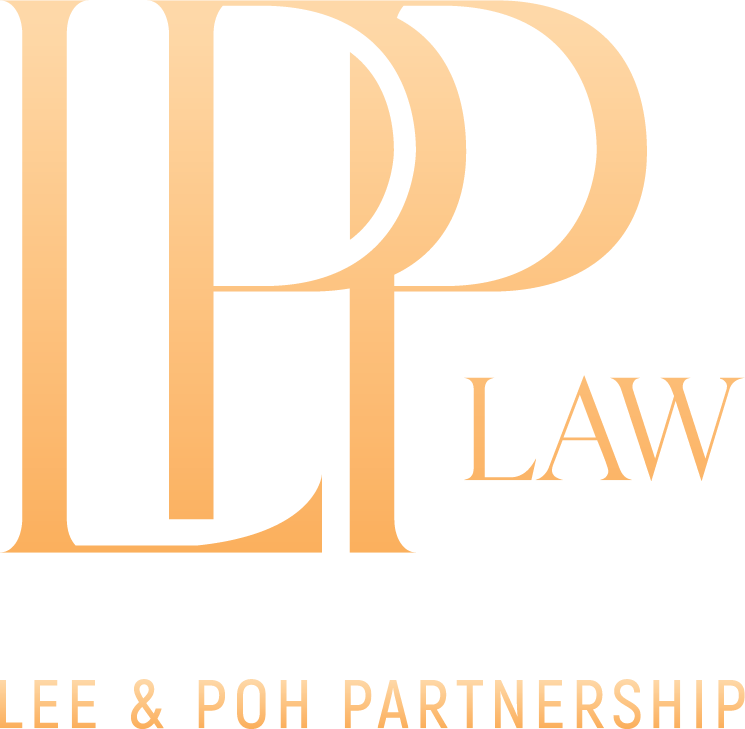Introduction
A company’s decision to pursue or not to pursue a legal action generally vests in the board of a company. The decision-making process by the board to commence a legal action against a 3rd party is generally straightforward. The same however cannot be said when the alleged wrongdoers are the company’s directors themselves. To put it simply – would these directors approve a board resolution for the company to sue themselves.
In such an instance, a shareholder of a company may commence a derivative action against these wrongdoers in the name of the company to right the wrongs. Under the Companies Act 2016 (‘2016 Act’), a shareholder must first obtain the leave of court to commence an action in the company’s name. This brief write-up will discuss several key points on this topic based on the experience the author gathered from defending a leave application in the case of Eow Fun Siew & Anor v Mutual Life [2017] 5 MLRH 270).
Preliminary Points
Who may bring such application and the pre-requisite 30 days-notice.
The 2016 Act provides that a member, a former member or a director of a company may apply for leave to initiate, intervene in or defend a proceeding in the name of the company.
However, before filing the leave application, it is mandatory for the applicant to issue a 30-days’ notice in writing to the company’s directors of his intention to apply to Court for leave. This allows the directors to decide whether or not to commence the action. This procedure is in consonance with the pre-requisite requirements to fulfill under the already abrogated common law derivative action.
The Legal Threshold
The Court must be satisfied that the two requirements under the relevant provisions of the 2016 Act are strictly fulfilled before granting the leave.
- The Applicant is acting in good faith –
In gist, the Court will look into the intention of the Applicant in bringing the proposed derivative action. Whether the Applicant is genuine in bringing the action purely for the benefits of the company or only for a collateral purpose of achieving a personal gain and benefit. If it is the latter, then it will fall short of meeting this requirement. - Whether it appears prima facie to be in the best interest of the company for the leave to be granted.
Whether the granting of leave to pursue the action would be in the best interest of the company would also largely depends on whether the company stands to gain substantially in money or in money’s worth from the proposed action. This means that even if the applicant fulfils the first requirement, the Court may still refuse the application if considering the surrounding circumstances, the company does not stand to benefit commercially from the proposed action. Quoting from a passage in a Singapore Court’s Judgment, the Court succinctly pointed out that: “A $100 claim may be meritorious but it may not be expedient to commence an action for it”.
Examples Where Leave Was Granted
There are many instances where Malaysian Courts have granted leave to pursue a derivative proceeding which are as follows:-
- Directors failed to obtain correct audited accounts for number of years
- Misappropriation of funds by the majority directors
- Failure of directors to properly pursue an action on behalf of the company for amount owing to the company by 3rd parties
Conclusion
The abrogation of the common law derivative action by virtue of Section 347(3) of the 2016 act provides certainty to future litigation in so far as the pre-requisites compliances to a derivative proceeding are concerned. The thorough scrutiny of the 2 requirements under the 2016 act by our Courts bodes well in acting as a filter to sieve any vexatious and frivolous claims by disgruntled shareholders.

